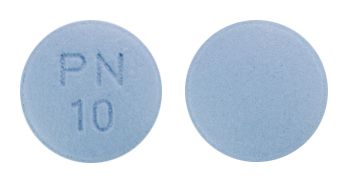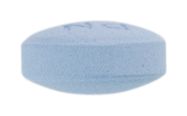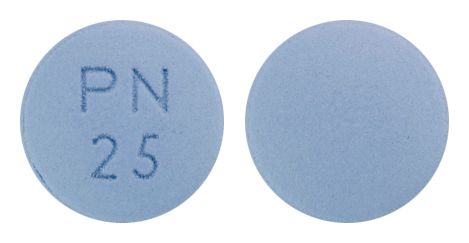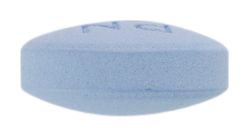Phenergan TM
Listen to the Pronunciation:
You should seek medical advice in relation to medicines and use only as directed by a healthcare professional. Always read the label. If symptoms persist see your healthcare professional.
Active ingredients: promethazine
Brand name
(ARTG)
: PHENERGAN promethazine hydrochloride 10mg tablet blister pack (reformulation)Consumer Medicine Information (CMI)
Read the CMI leaflet for facts you need to know before, during and after taking your medicine.
Listen to the audio transcription of the CMI leaflet.
For more information about CMIs and how to read them, please visit How to read Consumer Medicine Information (CMI).
What this medicine is used for
(ARTG)
ALLERGIES: Treatment of allergic conditions including some allergic reactions to drugs, urticaria, contact dermatitis, and allergic reactions to insect bites and stings. UPPER RESPIRATORY TRACT: Relief of excesive secretion in the upper respiratory tract as a result of hayfever and allergic rhinitis. NAUSEA AND VOMITING: Antiemetic in vomiting of various causes, including post-operative vomiting, irradiation sickness, drug induced nausea, and motion sickness. SEDATION: For short term use on the advice of a doctor or pharmacist.
How to use this medicine
(ARTG)
This medicine contains one component only.
Component :
- Tablet, film coated
- Oral
- Circular, film-coated biconvex tablets with bevelled edges, pale blue in colour, one face impressed 'PN' above '10', the reverse face plain.
Images


Images © Medicines Information Pty Ltd.
Storage conditions
(ARTG)
- Store below 30 degrees Celsius
- Shelf lifetime is 5 Years.
Do I need a prescription ?
(ARTG)
The packs below are available from a pharmacy without prescription. It is
- 50's pack
Over 65 ?
(AHT)
This medicine contains the active ingredients:
If you are over 65 years of age, there may be specific risks and recommendations for use of this medicine. Please discuss your individual circumstances with your pharmacist, doctor or health professional. For more information read our page on medication safety for older people.
Pregnant or planning a pregnancy ?
(AHT)
For the active ingredient promethazine
You should seek advice from your doctor or pharmacist about taking this medicine. They can help you balance the risks and the benefits of this medicine during pregnancy.
Reporting side effects
You can help ensure medicines are safe by reporting the side effects you experience.
You can report side effects to your doctor, or directly at www.tga.gov.au/reporting-problems











